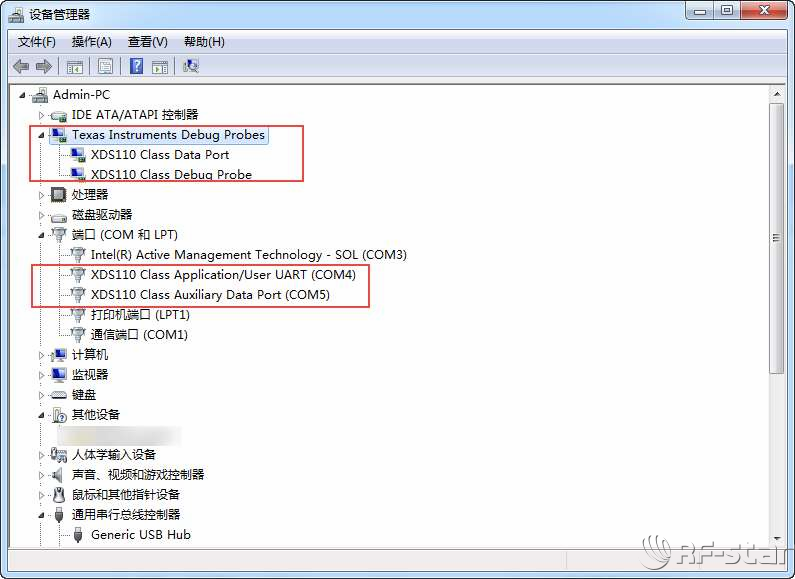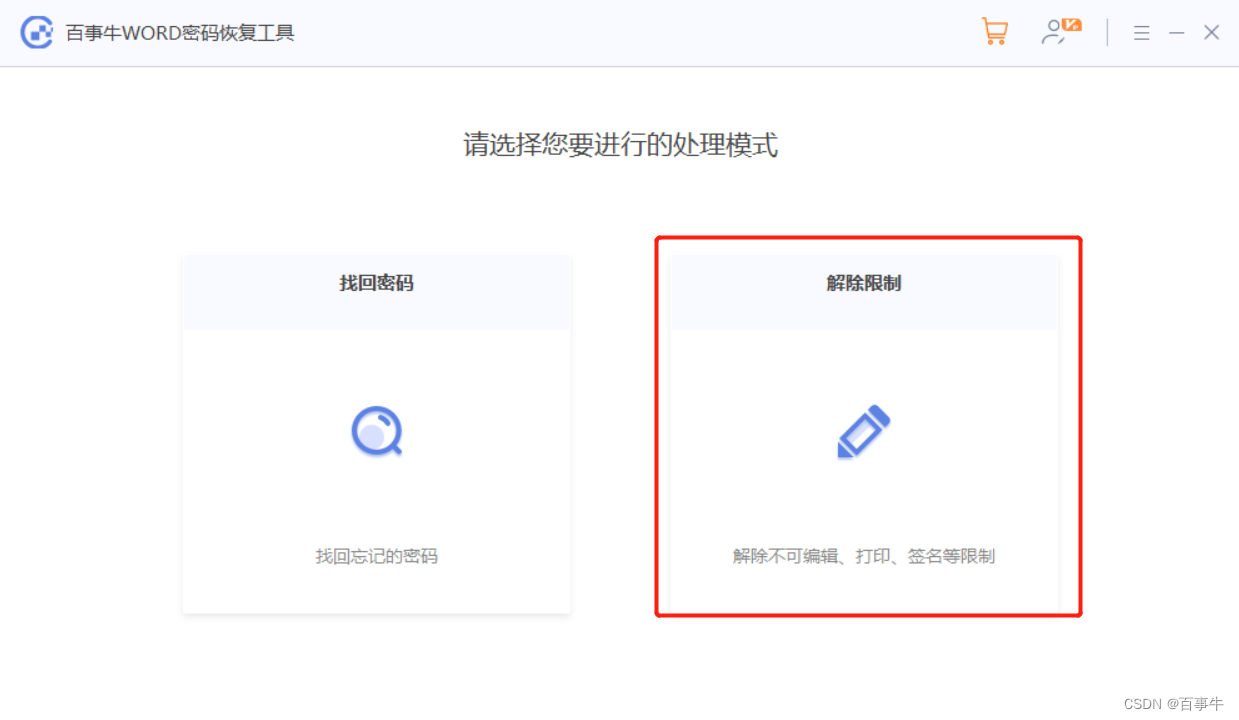ns3入门基础教程
文章目录
- ns3入门基础教程
- ns环境配置
- 测试ns3环境
- ns3简单案例
ns环境配置
官方网站:https://www.nsnam.org/releases/
代码仓库:https://gitlab.com/nsnam/ns-3-dev
如果安装遇到问题,可以参考以下博文:
https://blog.csdn.net/yangzhenyu2/article/details/116205406
以及:
https://blog.csdn.net/rical730/article/details/71730163
测试ns3环境
首先编辑一个很简单的.cc文件,测试ns3环境是否安装成功,在./scrach/目录下新建一个.cc文件(first.cc),然后写入代码:
#include "ns3/core-module.h"
using namespace ns3;
int main(int argc, char *argv[]){
std::cout<<"hello ns3"<<std::endl;
Simulator::Run();
Simulator::Destroy();
return 0;
}
接下来进行编译:
./waf build
然后运行:
./waf --run scrach/first
运行结果:

ns3简单案例
首先展示代码以及运行结果,然后再给出该代码的详细讲解:
#include "ns3/core-module.h"
#include "ns3/network-module.h"
#include "ns3/internet-module.h"
#include "ns3/point-to-point-module.h"
#include "ns3/applications-module.h"
using namespace ns3;
int main (int argc, char *argv[]){
NodeContainer nodes;
nodes.Create (2);
PointToPointHelper pointToPoint;
pointToPoint.SetDeviceAttribute ("DataRate", StringValue ("5Mbps"));
pointToPoint.SetChannelAttribute ("Delay", StringValue ("2ms"));
NetDeviceContainer devices;
devices = pointToPoint.Install (nodes);
InternetStackHelper stack;
stack.Install (nodes);
Ipv4AddressHelper address;
address.SetBase ("10.1.1.0", "255.255.255.0");
Ipv4InterfaceContainer interfaces = address.Assign (devices);
UdpEchoServerHelper echoServer (9);//echoServer(port number)
ApplicationContainer serverApps = echoServer.Install (nodes.Get (1));
serverApps.Start (Seconds (1.0));
serverApps.Stop (Seconds (10.0));
UdpEchoClientHelper echoClient (interfaces.GetAddress (1), 9);
echoClient.SetAttribute ("MaxPackets", UintegerValue (1));
echoClient.SetAttribute ("Interval", TimeValue (Seconds (1.0)));
echoClient.SetAttribute ("PacketSize", UintegerValue (1024));
ApplicationContainer clientApps = echoClient.Install (nodes.Get (0));
clientApps.Start (Seconds (2.0));
clientApps.Stop (Seconds (10.0));
std::ostringstream oss("scratch/lab02");
pointToPoint.EnablePcapAll (oss.str ());
pointToPoint.EnableAsciiAll (oss.str ());
Simulator::Run ();
Simulator::Destroy ();
}
运行结果:

这段代码是一个C++程序,使用了NS-3网络模拟框架,用于模拟一个简单的点对点网络通信场景。以下是对代码的解读:
-
包含头文件:代码一开始包含了一系列NS-3库的头文件,这些头文件提供了必要的类和函数,以便创建和模拟网络拓扑和通信。
-
命名空间:使用
using namespace ns3;将ns3命名空间引入到当前的代码作用域,以便在代码中使用NS-3库的类和函数,无需显式指定命名空间。 -
main函数:这是程序的主函数,它是程序的入口点。 -
创建节点(NodeContainer):通过
NodeContainer类创建了一个名为nodes的节点容器,容器中包含两个节点(nodes.Create(2))。 -
创建点对点连接(PointToPointHelper):使用
PointToPointHelper类创建了一个点对点连接的帮助器对象pointToPoint,并配置了连接的数据速率和延迟属性。 -
安装网络设备:通过
pointToPoint.Install(nodes)安装了点对点连接设备,并将设备存储在devices变量中。 -
安装网络协议栈(InternetStackHelper):通过
InternetStackHelper类的Install方法,将网络协议栈安装到节点上。 -
分配 IPv4 地址:使用
Ipv4AddressHelper类来分配 IPv4 地址。设置了基础地址为 “10.1.1.0” 和子网掩码为 “255.255.255.0”,然后通过address.Assign(devices)分配地址给连接设备,结果存储在interfaces变量中。 -
配置服务器应用(UdpEchoServerHelper):创建了一个 UDP 回显服务器的帮助器对象
echoServer,并指定了端口号 9。 -
安装服务器应用:通过
echoServer.Install(nodes.Get(1))将回显服务器应用安装在节点1上,然后设置了应用的启动时间和停止时间。 -
配置客户端应用(UdpEchoClientHelper):创建了一个 UDP 回显客户端的帮助器对象
echoClient,并配置了客户端的目标地址(使用interfaces.GetAddress(1)获取节点1的地址)和端口号 9。 -
安装客户端应用:通过
echoClient.Install(nodes.Get(0))将回显客户端应用安装在节点0上,并设置了应用的启动时间和停止时间。 -
启用网络数据包捕获和记录:使用
pointToPoint.EnablePcapAll()和pointToPoint.EnableAsciiAll()启用了对网络数据包的捕获和记录,并指定了记录文件的名称。 -
运行模拟:通过
Simulator::Run()开始运行网络模拟。 -
销毁模拟:通过
Simulator::Destroy()结束模拟并清理资源。
总的来说,这段代码创建了一个包含两个节点的点对点网络拓扑,其中一个节点充当服务器,另一个节点充当客户端,它们之间通过UDP回显应用进行通信。模拟运行时,网络数据包将被捕获和记录,以便进行分析和调试。

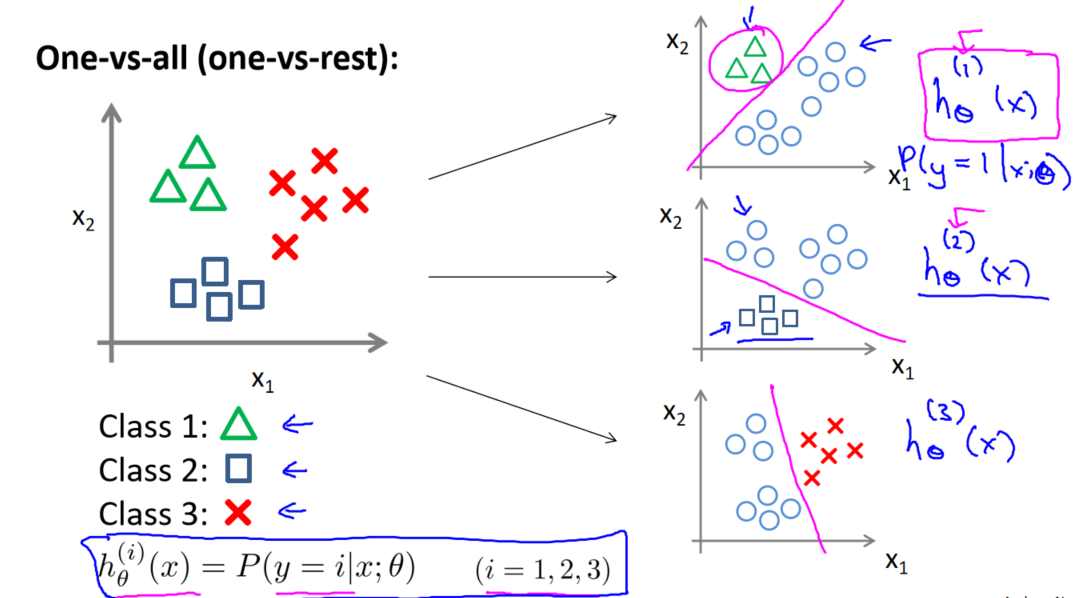


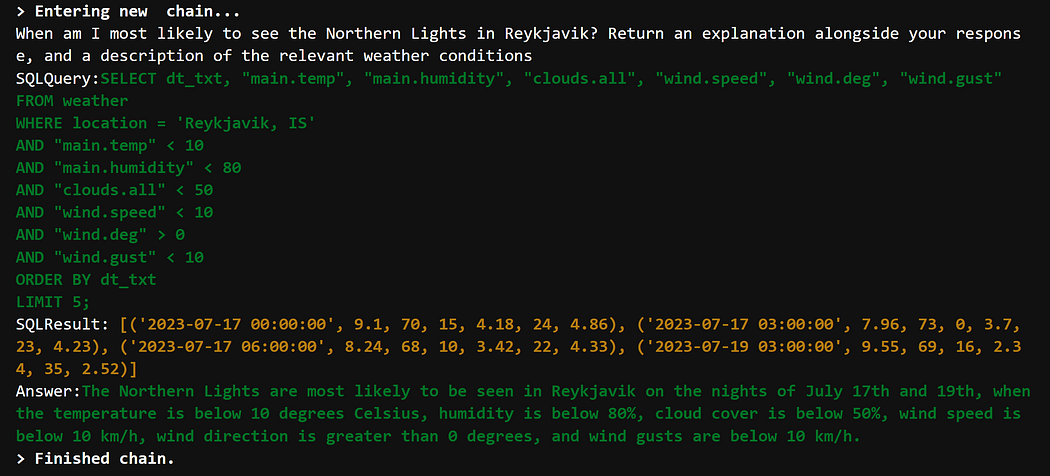
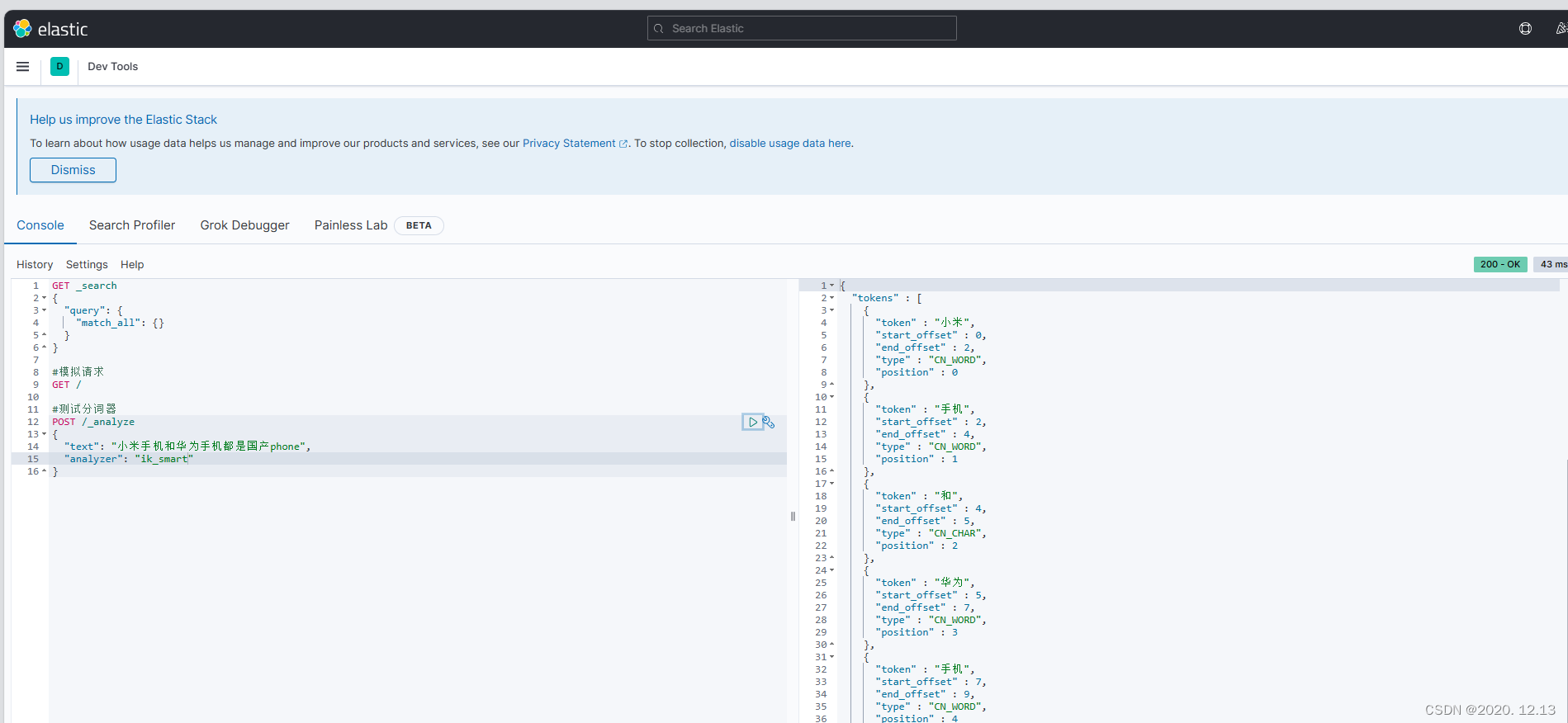
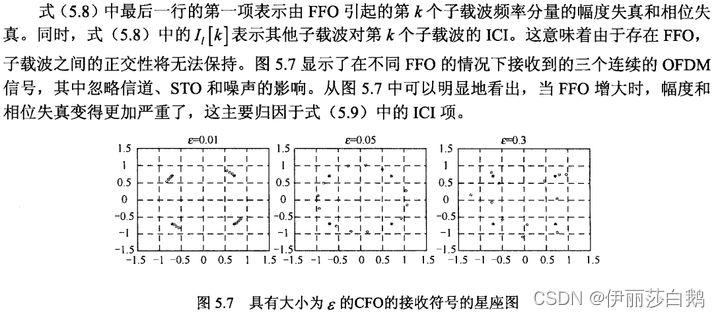
![Mybatis-Plus自动填充功能配置和使用 [MyBatis-Plus系列] - 第494篇](https://img-blog.csdnimg.cn/img_convert/d67a3557c4f4feda413c175f4d46ab4f.png)







